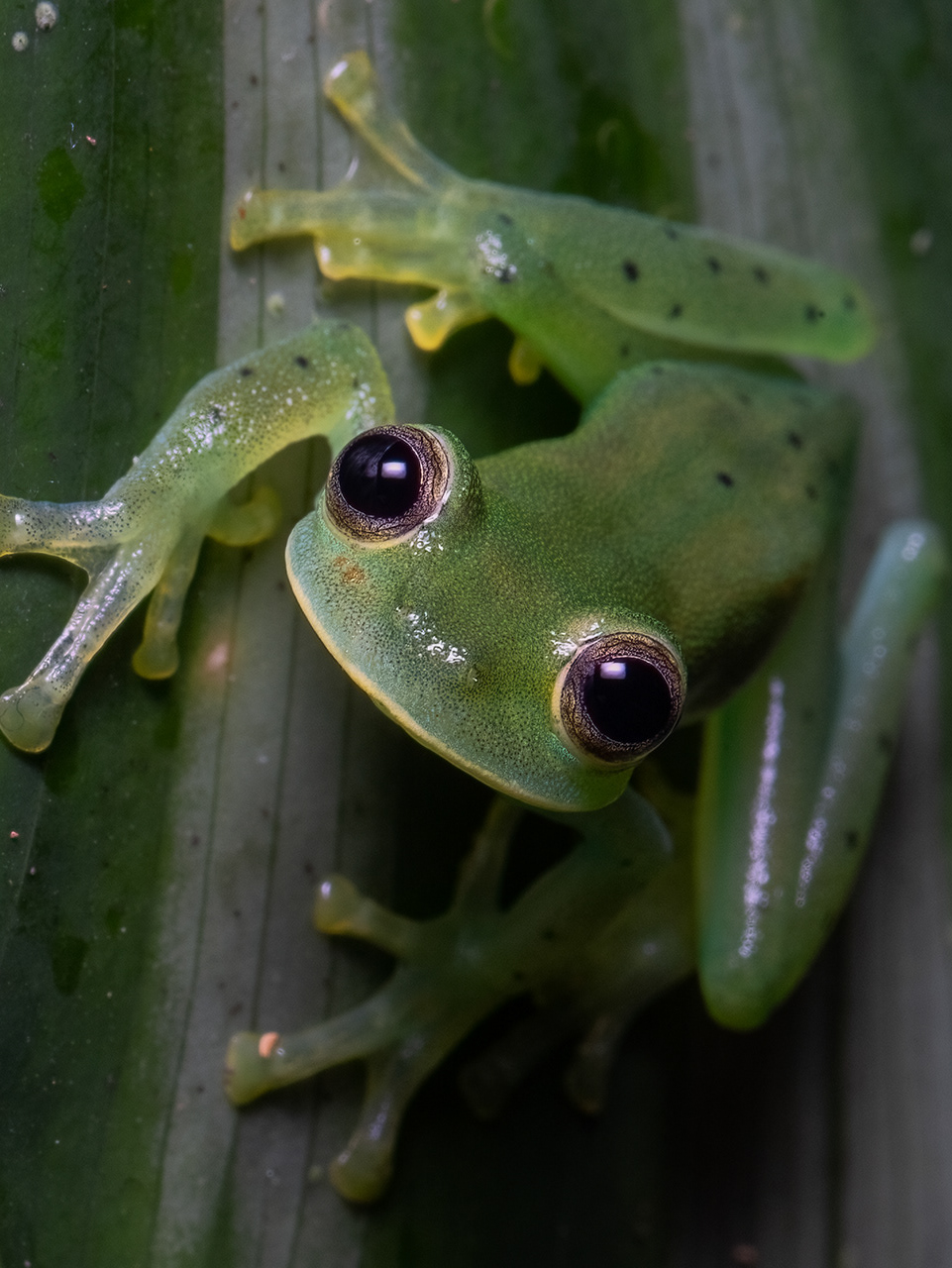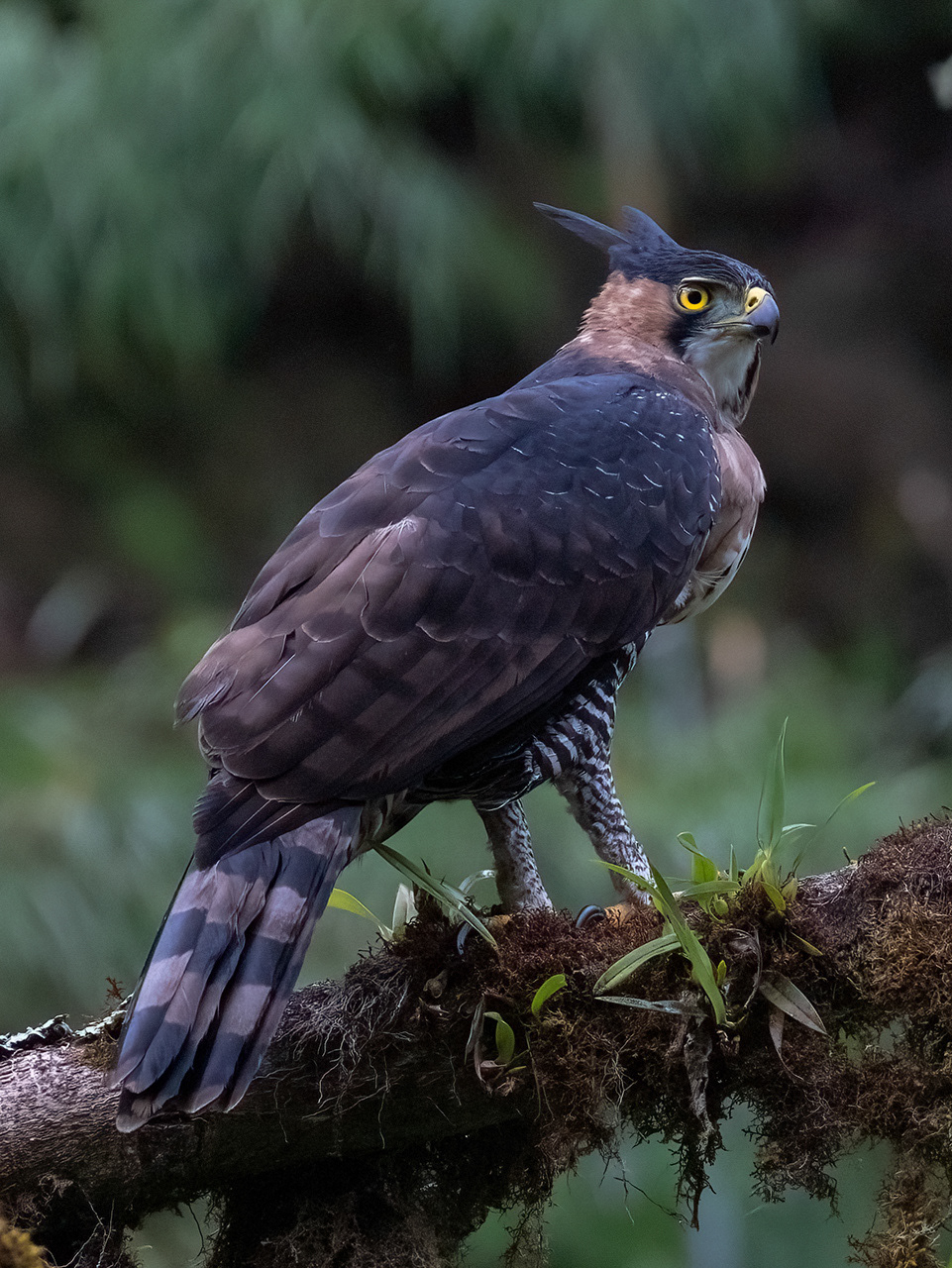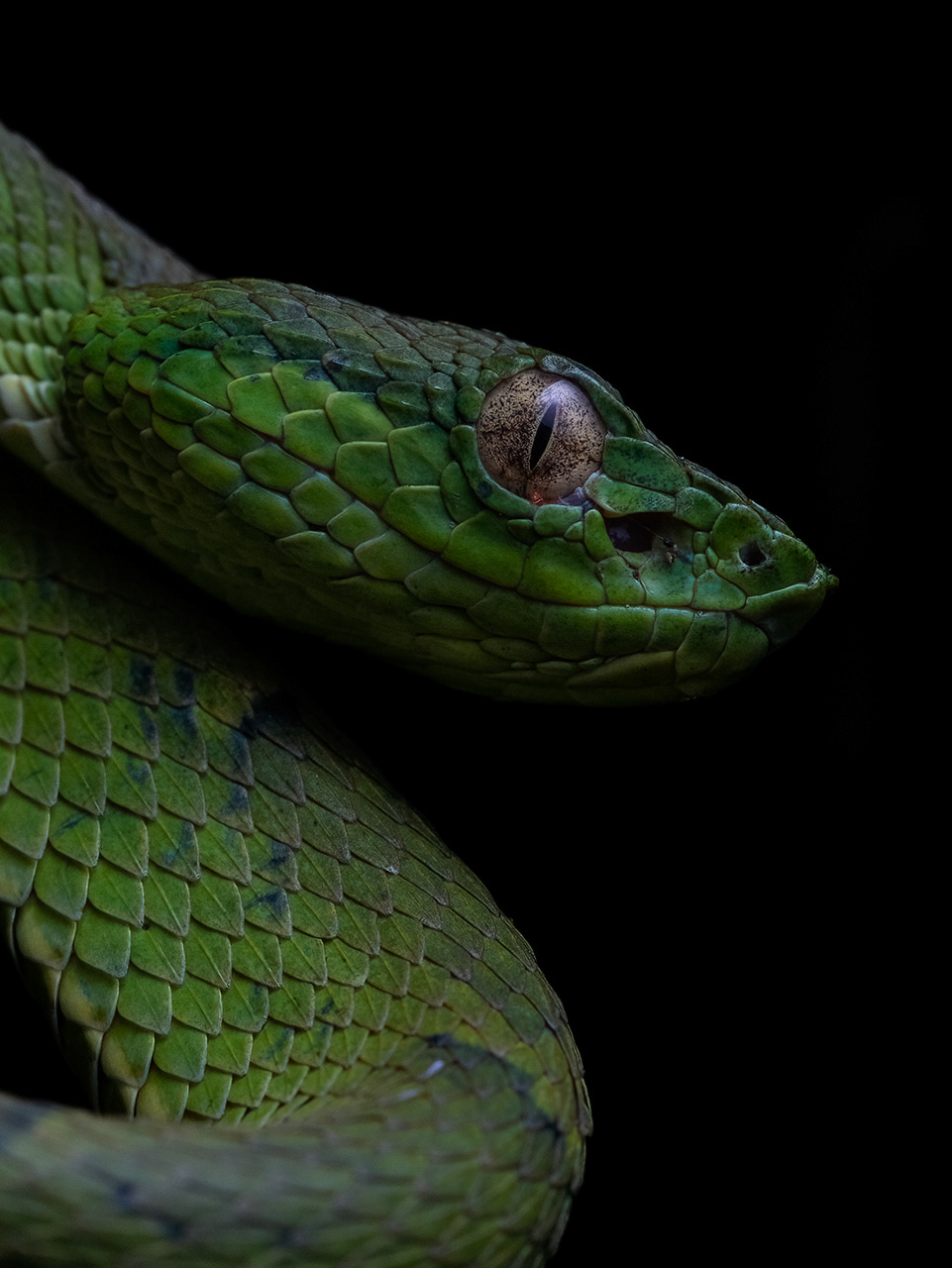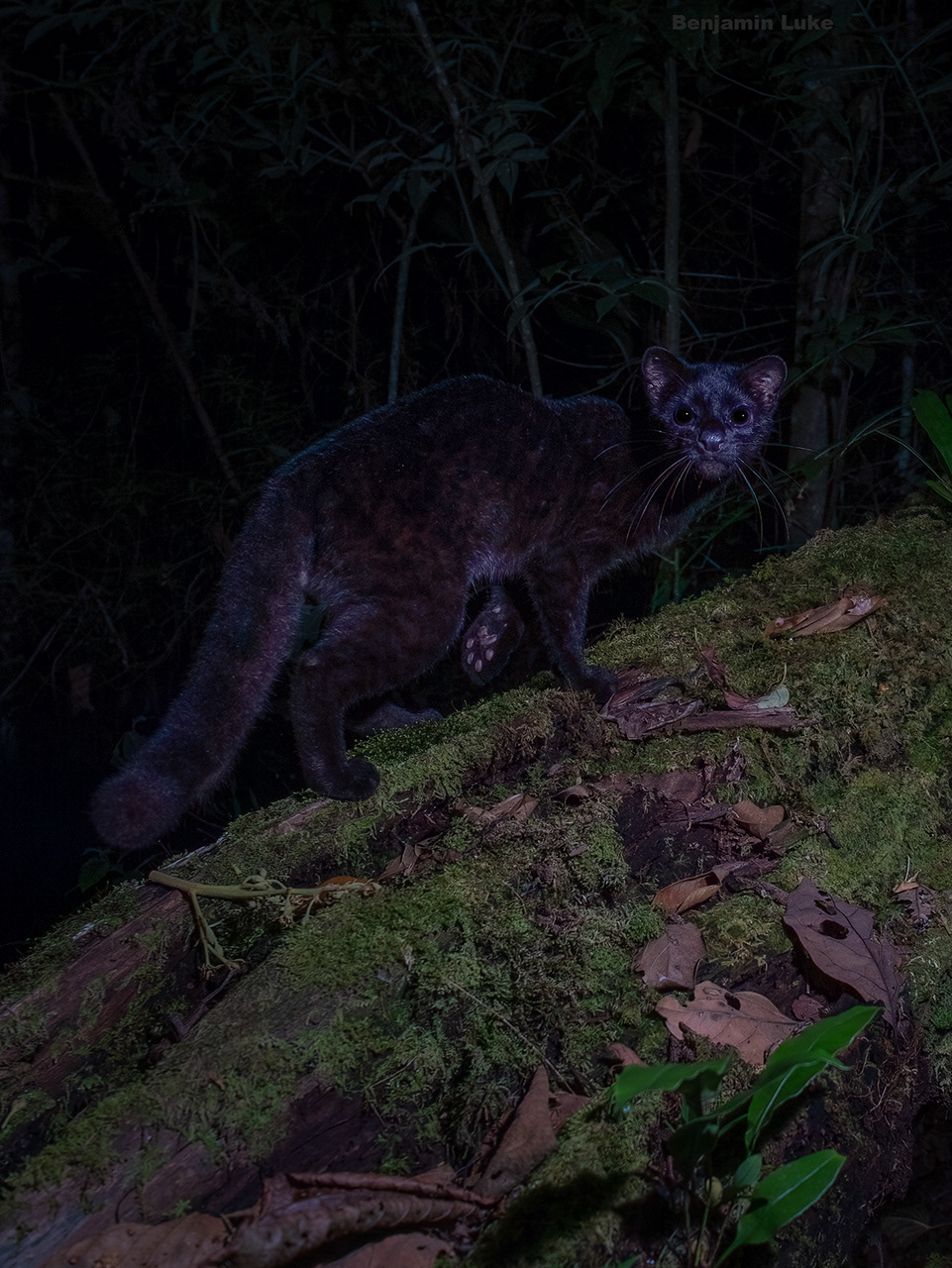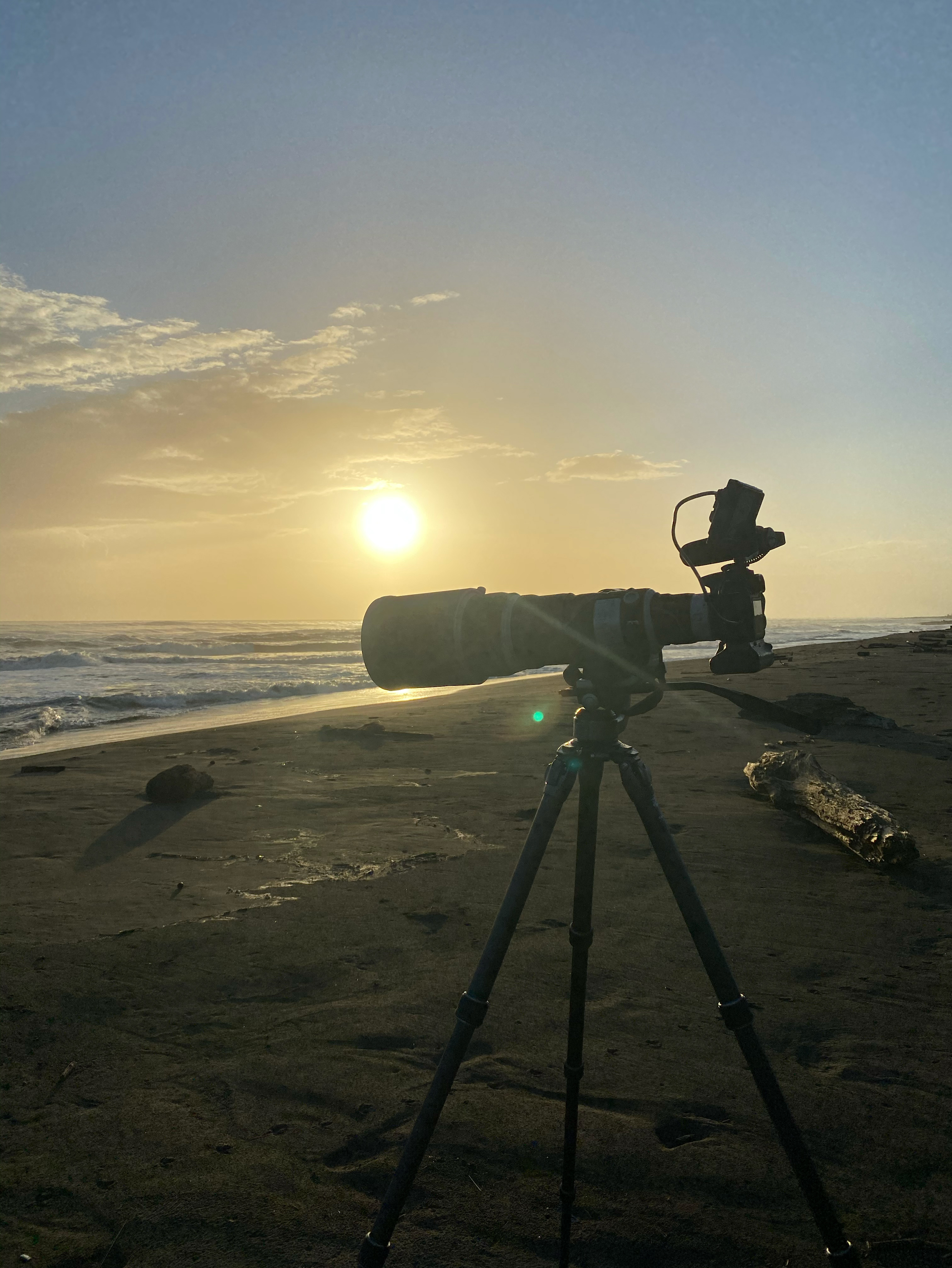The mammals within Tortuguero whether they are primates, big cats or wild boar they all play an important role in its ecosystem.
This collection shows some of the species I have encountered this year and managed to get half decent shots.
First up is the Northern Tamandua, a small anteater that resides usually in the trees in search for termites and ants to feed on. I have had a number of encounters with this species but never on the ground, up close and personal like this one pictured below.
Next up we have the Kinkajou, AKA the Honey Bear.
This nocturnal mammal usually sticks to high canopy feeding on fruit under the night sky, I was fortunate enough to witness a pair (male and female) come to base while searching for food.
I spent some time photographing them, watching them play and run up and down trees chasing each other.
Here are some images of the primates I have shared encounters with this year.
This juvenile White-Throated Capuchin was spending its day feeding from our compost, in its mischievous ways coming down until it was spotted, before jumping back into the tree.
Below the first image is a shot I captured while following the same troop another day down the beach, a male was keeping an eye on me peering round a large tree.
Corcovado National Park is one of the worlds last strongholds of primary forest.
Holding 2.5% of the worlds biodiversity just in one national park is astonishing.
It was here I saw mammals one would spend years looking for, in this case the Baird's Tapir is below, having seen only one individual previously in Tortuguero NP I was blown away how I was able to crouch just a few metres away from this female and her yearling.
At first the overwhelming feeling f being so close to such a mysterious and cryptic species was simple magical. However, once this feeling surpassed it almost felt unnatural, yes these mammals were totally wild but why am I able to get so close? Habituation for me is a spoiler of true encounters.
